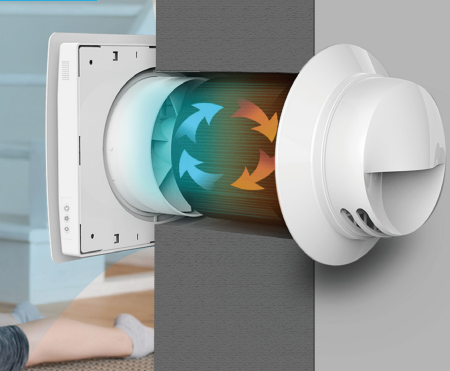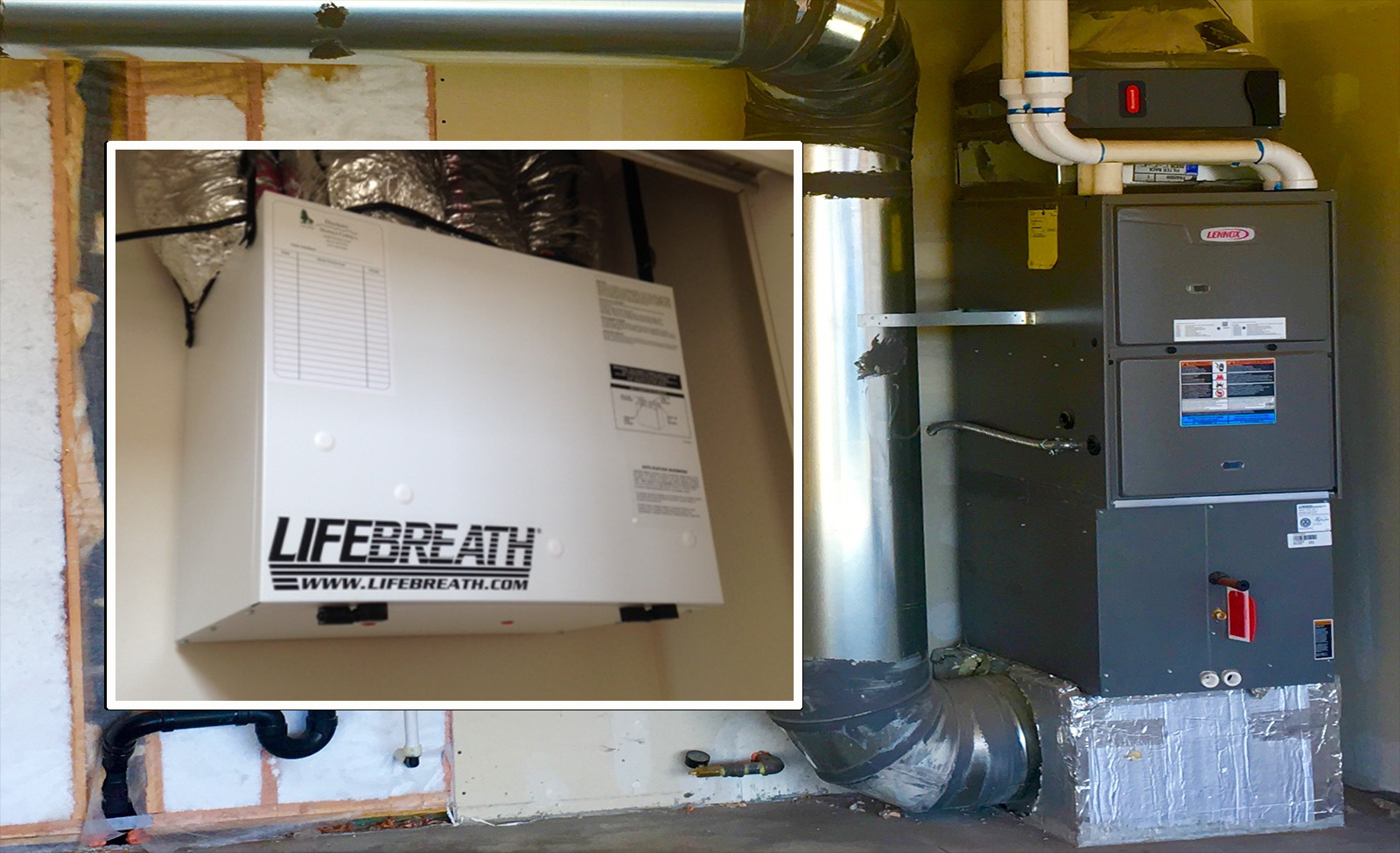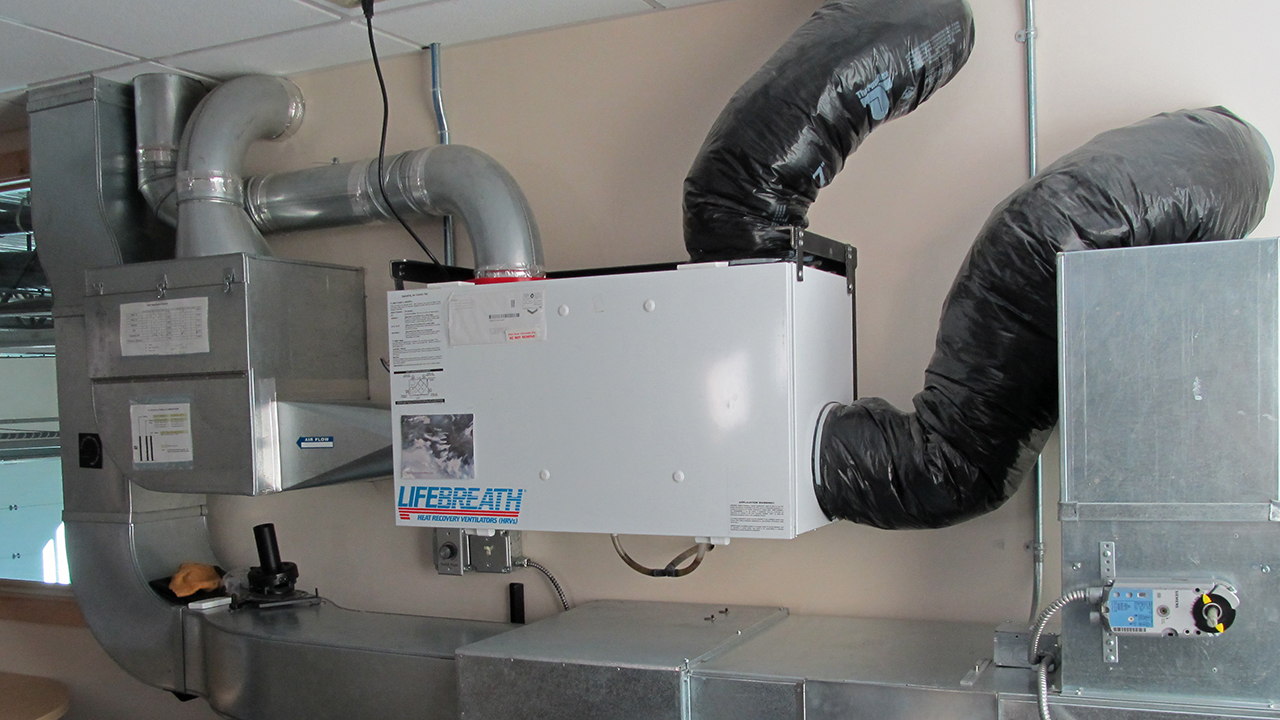Exploring the Perks of Heat Recovery Ventilation for Energy Efficiency in Residences
Heat Recovery Ventilation (HRV) systems supply house owners a useful method to boosting power effectiveness. By recovering warm from outbound air, these systems can substantially decrease heating and cooling costs. Furthermore, they offer a consistent supply of fresh air, improving interior air high quality and convenience degrees. As homeowners take into consideration sustainable choices, recognizing the nuances of HRV systems comes to be progressively crucial. What factors should one review prior to making such an investment?
Understanding Heat Recovery Ventilation Solutions

How HRV Boosts Indoor Air Quality

Power Financial Savings: The Financial Advantages of HRV
Making the most of energy performance, heat recovery ventilation (HRV) systems supply considerable financial advantages for property owners. By recouping and recycling warm from exhaust air, HRVs considerably lower cooling and heating costs. This technology can cause energy savings of approximately 30%, relying on climate and usage patterns. House owners often see decreased energy expenses quickly after installment, making HRVs a financially wise investment in time. Additionally, many regions offer incentives or rebates for energy-efficient upgrades, additionally boosting the financial allure. As energy costs remain to increase, the cost-effectiveness of HRVs becomes increasingly clear. Generally, the unification of HRV systems not only promotes power efficiency however likewise adds use this link to lasting financial cost savings for homes.
The Ecological Influence of Heat Recovery Ventilation
A substantial environmental benefit of heat recovery ventilation (HRV) systems hinges on their ability to minimize general power usage. By redeeming heat from exhaust air and transferring it to incoming fresh air, HRV systems reduce the need for energy-intensive home heating and cooling down methods. This decrease in power demand adds to decrease greenhouse gas discharges, as less fossil gas is called for to preserve comfy interior temperatures. In addition, HRV systems boost indoor air top quality by successfully trading stale air with fresh outdoor air, decreasing dependence on mechanical air conditioning systems that can harm the atmosphere. Generally, the application of HRV systems supports sustainable living techniques and aligns with international efforts to combat environment change by promoting power effectiveness in residential settings.
Choosing the Right HRV System for Your Home
Just how can house owners assure they pick the right heat recovery ventilation (HRV) system for their requirements? They ought to evaluate their home's size and format, as these variables affect airflow requirements. Next, assessing the system's performance ratings is vital, as higher ratings show far dig this better efficiency and energy financial savings. Property owners must also take into consideration setup and upkeep costs, contrasting different brands and models for value. Furthermore, it is necessary to review sound degrees, as some systems operate even more silently than others. Consulting with HVAC specialists can supply customized recommendations based upon certain home conditions. Ultimately, examining customer evaluations and warranties can help in making a notified choice, making certain that the chosen HRV system efficiently boosts interior air top quality and power efficiency.
Frequently Asked Inquiries

Exactly how Usually Should I Tidy or Preserve My HRV System?
The frequency of cleansing or maintaining a warm recuperation air flow (HRV) system normally relies on usage and environmental elements. Normally, it is a good idea to carry out upkeep every 6 months to guarantee peak performance and air top quality.

Can HRV Solutions Help In Reducing Moisture Levels Indoors?
HRV systems can successfully minimize interior humidity degrees by trading stale, moist air with fresh, drier air from outside. HRV Heat Recovery Ventilation. This procedure helps preserve a well balanced interior atmosphere, improving convenience and avoiding moisture-related issues
What Is the Life-span of a Regular HRV System?
The life-span of a common heat recovery ventilation (HRV) system varies, normally lasting between 10 to 15 years. Regular upkeep can extend its efficiency and functional life, guaranteeing peak efficiency home throughout its usage period.
Are There Any Sound Worry About HRV Equipments?
Noise worry about HRV systems can develop, particularly from follower operation. Lots of contemporary devices are created to decrease audio degrees, ensuring they operate silently while maintaining performance, which attends to potential disruptions in living environments.
Can I Install an HRV System Myself, or Do I Required a Specialist?
The individual contemplated whether to mount the heat recovery ventilation (HRV) system personally or work with an expert. Normally, while do it yourself setup is feasible, competence assurances appropriate capability and compliance with neighborhood building regulations, enhancing system effectiveness.